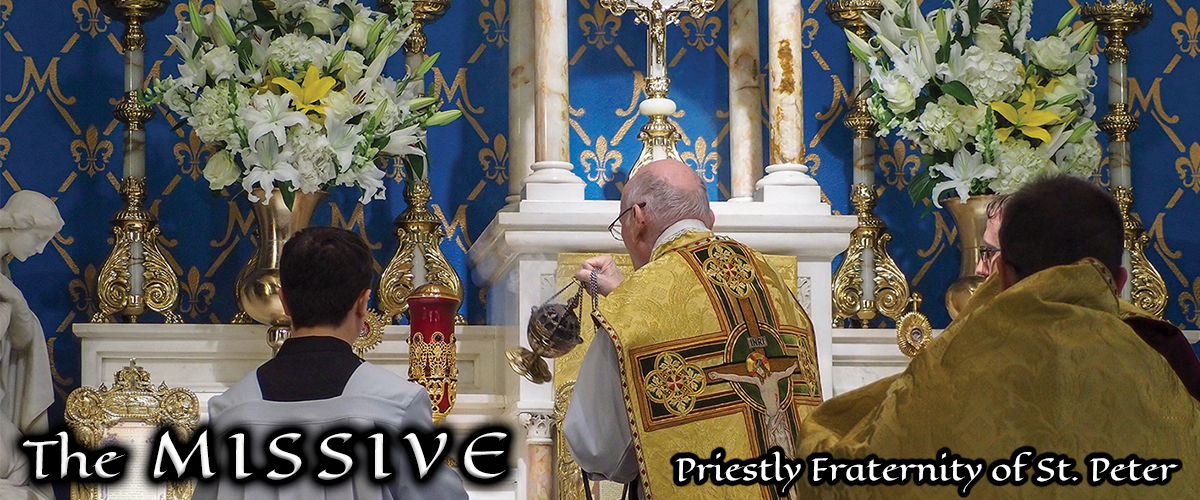The Sacred Heart and the Strawberry
The liturgical year is a story of many layers, and one of those layers is closely tied to the natural world.
So, for instance, on the Ember Days–and those of summer begin today, as a matter of fact–the Latin Church specially marks the four seasons. Our Christmas hymns are filled with the piercing cold of winter, Easter with the blossoming of Spring, the time after Pentecost with the green growth of summer, and the apocalyptic Last Sundays of the liturgical year with the Autumn harvest.
So closely tied, in fact, is our ecclesiastical calendar to the natural cycles of the European continent that we hardly give it much thought. And since many of our churches here on the other side of the Northern Hemisphere have a similar climate and natural fauna, we can fully appreciate the Roman liturgical calendar just as it evolved across the Atlantic.
But our particular cultural and geographical environment can also offer us a new take on the Latin calendar that would not have necessarily been apparent in Europe.
A classic example is seen in this month of June: the month of the Sacred Heart.
June also marks the appearance of that very familiar fruit: the strawberry, which originally was bred from two wild varieties of the New World.
 The American Indians were familiar with the original woodland strawberry, Fragaria virginiana. But their name for it did not match up with our modern English name–which refers, some think, to the straw that was used to mulch the fruit in England, or to the way it was strewn on the ground.
The American Indians were familiar with the original woodland strawberry, Fragaria virginiana. But their name for it did not match up with our modern English name–which refers, some think, to the straw that was used to mulch the fruit in England, or to the way it was strewn on the ground.
Instead, the tribes of the Eastern Woodlands called attention to what its shape and vivid red color immediately suggested. The Lenape called it wtehim–literally, “heart berry”. The Iroquois celebrated its arrival in June with a great national festival of thanksgiving, as the first berry to appear and the fulfillment of the promise of the Creator. They gave it many names such as the “the Great Medicine”, and ascribed wonderful qualities to it.
Here the natural world prefigured the supernatural…and the ancient cultures found their fulfillment in Holy Mother Church.
 The Catholic Iroquois near Montreal–said by the early missionaries to have surpassed even the French Canadians in piety–largely preserved their culture intact except for “only that which vice had spoiled” in the pagan towns. These traditional concepts would have filled their minds as they gathered to hear the Introit of Holy Mass Iesos Raweriasatokenti, literally “Jesus-his-sacred-heart” right around the time when they were celebrating the strawberry’s arrival as they had done from time immemorial.
The Catholic Iroquois near Montreal–said by the early missionaries to have surpassed even the French Canadians in piety–largely preserved their culture intact except for “only that which vice had spoiled” in the pagan towns. These traditional concepts would have filled their minds as they gathered to hear the Introit of Holy Mass Iesos Raweriasatokenti, literally “Jesus-his-sacred-heart” right around the time when they were celebrating the strawberry’s arrival as they had done from time immemorial.
And we, whose ancestors have may have come to this continent from Europe, Africa, or Asia, can still hear their echoes in our own humble little gardens. With them we join in celebrating this month, not only the beginning of summer marked by these Ember Days of Pentecost, and not only the first fruits which Almighty God has provided us for our sustenance, but also the higher reality that they and the liturgy point us toward: the burning furnace of charity in the Sacred Heart of Our Savior.
June 3, 2020








